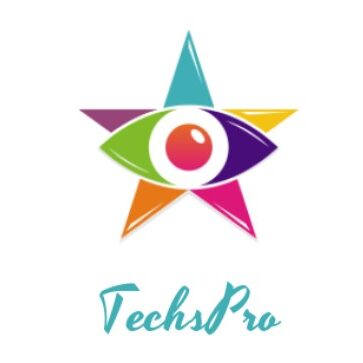In an era where remote work and digital transformation are becoming the norm, Desktop Virtualization Solutions have emerged as a pivotal technology. This article delves into what desktop virtualization is, the various types, its myriad benefits, and the leading players in the market.
What is Desktop Virtualization?
Desktop virtualization is a technology that enables the creation of a virtual version of a desktop environment, hosted on a remote server instead of on the local machines. This allows users to access their desktops from anywhere, using various devices.
Types of Desktop Virtualization
There are several types of desktop virtualization, each catering to different needs. The main types are:
| Type | Description |
|---|---|
| Virtual Desktop Infrastructure (VDI) | VDI hosts desktop environments on a centralized server. |
| Remote Desktop Services (RDS) | RDS allows multiple users to share a single operating system instance, with individual sessions. |
| Desktop-as-a-Service (DaaS) | DaaS is a cloud-based service that provides virtual desktops on a subscription basis. |
Benefits of Desktop Virtualization
1. Cost Savings
By centralizing desktop maintenance and updates, companies can save significantly on hardware and IT management costs.
2. Accessibility
Employees can access their virtual desktops from anywhere, promoting remote work and improving work-life balance.
3. Enhanced Security
Data is stored on the server, reducing the risk of theft or loss associated with physical devices.
4. Improved Disaster Recovery
Virtual desktops simplify backup and recovery processes, enhancing business continuity.
Leading Desktop Virtualization Solutions Providers
1. VMware Horizon
VMware Horizon offers a comprehensive suite of virtual desktop and application solutions, enabling seamless delivery across devices.
2. Citrix Virtual Apps and Desktops
Citrix provides a robust platform for delivering secure, high-performance virtual desktops and applications.
3. Microsoft Virtual Desktop
Microsoft Virtual Desktop, now known as Azure Virtual Desktop, integrates well with the Microsoft ecosystem, making it a popular choice for enterprises.
4. Amazon WorkSpaces
Amazon WorkSpaces delivers secure, managed, cloud-based virtual desktops, simplifying the deployment process.
Choosing the Right Solution
When selecting a desktop virtualization solution, consider factors such as:
- Scalability: Can it grow with your business?
- Compatibility: Does it integrate well with your existing infrastructure?
- Cost: Does it fit within your budget?
- Security: Does it offer robust security features?
Desktop virtualization solutions offer myriad benefits, from cost savings to enhanced security. Choosing the right solution involves considering multiple factors to ensure it aligns with your business needs.
Conclusion
As businesses continue to adapt to the changing digital landscape, desktop virtualization will play a critical role in enabling seamless access to resources, enhancing security, and promoting efficient operations. By understanding the types of solutions available and the benefits they offer, companies can make informed decisions to support their long-term success.
